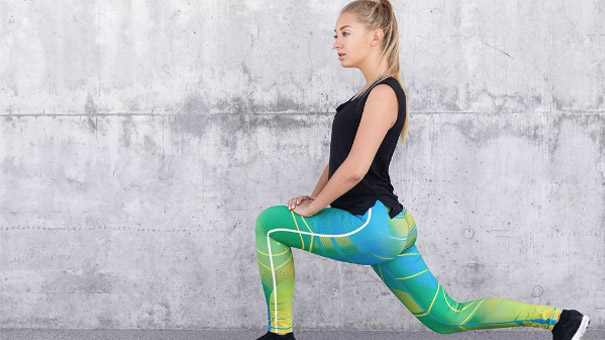
-
 Afrikaans
Afrikaans -
 Arabic
Arabic -
 Belarusian
Belarusian -
 Bengali
Bengali -
 Bulgarian
Bulgarian -
 Croatian
Croatian -
 Czech
Czech -
 Danish
Danish -
 Dutch
Dutch -
 English
English -
 Finnish
Finnish -
 French
French -
 German
German -
 Greek
Greek -
 hawaiian
hawaiian -
 Hebrew
Hebrew -
 Hindi
Hindi -
 Hungarian
Hungarian -
 Indonesian
Indonesian -
 irish
irish -
 Italian
Italian -
 Japanese
Japanese -
 Javanese
Javanese -
 kazakh
kazakh -
 Khmer
Khmer -
 Korean
Korean -
 Kyrgyz
Kyrgyz -
 Lao
Lao -
 Latin
Latin -
 Luxembourgish
Luxembourgish -
 Malay
Malay -
 Myanmar
Myanmar -
 Norwegian
Norwegian -
 Persian
Persian -
 Polish
Polish -
 Portuguese
Portuguese -
 Romanian
Romanian -
 Russian
Russian -
 Serbian
Serbian -
 Slovak
Slovak -
 Somali
Somali -
 Spanish
Spanish -
 Swedish
Swedish -
 Tagalog
Tagalog -
 Thai
Thai -
 Turkish
Turkish -
 Turkmen
Turkmen -
 Ukrainian
Ukrainian -
 Uighur
Uighur -
 Vietnamese
Vietnamese
ធ្នូ . 04, 2024 16:45 Back to list
how to choose a bike for beginners
How to Choose a Bike for Beginners
Choosing the right bike as a beginner can be an exciting yet daunting task. With so many styles, sizes, and specifications available, it can feel overwhelming. However, once you understand your needs and the various options, you'll be better equipped to make an informed decision. Here’s a guide to help you choose the perfect bike for your cycling adventures.
1. Determine Your Riding Style
The first step in choosing a bike is to determine how you plan to ride. Do you want to ride on paved roads, dirt trails, or a combination of both? Here are some common types of bikes
- Road Bikes These are lightweight bikes designed for speed and efficiency on paved surfaces. With thin tires and a dropped handlebar, they are perfect for those who enjoy long, fast rides on asphalt.
- Mountain Bikes Built for rugged terrains, mountain bikes feature wider tires, sturdier frames, and enhanced suspension systems. They are ideal for trails and off-road conditions.
- Hybrid Bikes This versatile option combines features of road and mountain bikes, making it suitable for various terrains
. It generally offers a comfortable riding position and is a great choice for casual rides and commuting.- Cruiser Bikes These bikes are perfect for leisurely rides on flat surfaces. Known for their comfortable seating and wide tires, cruisers are ideal for beach or neighborhood rides.
2. Find the Right Size
Bike size is crucial for comfort and performance. A bike that’s too small or too large can lead to discomfort or even injury. Most manufacturers provide a sizing chart based on the rider's height. When trying a bike, make sure you can comfortably touch the ground with your toes while sitting on the saddle. Additionally, your arms should extend comfortably to the handlebars.
how to choose a bike for beginners

3. Test Ride Multiple Bikes
Before making a purchase, it's highly recommended to test ride several bikes. This allows you to feel the differences in handling, comfort, and fit. Pay attention to how each bike feels when you pedal, turn, and brake. Testing a bike can also help you discover your preferences regarding features like gear systems and handlebar styles.
4. Consider Your Budget
Bikes come in a wide range of prices. As a beginner, it's essential to find a bike that fits within your budget without compromising quality. Entry-level bikes typically range from $300 to $700. When calculating your budget, remember to include additional costs for accessories such as a helmet, lights, and a lock.
5. Accessories and Maintenance
As you prepare to buy your bike, consider what accessories will enhance your riding experience. A good helmet is non-negotiable for safety. Lights and reflectors are essential if you plan to ride at night or in low-light conditions. Additionally, familiarize yourself with basic bike maintenance, such as cleaning and lubricating the chain, checking tire pressure, and adjusting brakes.
6. Seek Expert Advice
If you’re still uncertain, don’t hesitate to seek advice from experienced cyclists or staff at local bike shops. They can provide valuable insights based on your specific needs and help guide you through the purchasing process.
Conclusion
Choosing a bike as a beginner doesn’t have to be overwhelming. By understanding your riding style, selecting the right size, test riding different bikes, considering your budget, and investing in essential accessories, you’ll be well on your way to enjoying the wonderful world of cycling. Remember, the journey starts with the right bike that fits your needs and inspires you to ride. Happy cycling!
-
Premium Titanium Road Bike: Lightweight & Durable
NewsAug.01,2025
-
Red Black BMX Bike with GPT-4-Turbo AI Tech
NewsJul.31,2025
-
New Red Anti-theft E-Bike | Easy Ride City Commuter
NewsJul.31,2025
-
BMX 20 Inch Bikes for Freestyle & Street | Fat Tire Options Available
NewsJul.30,2025
-
322 High Quality 26 Inch 21 Speed Adult Mountain Bike OEM MTB
NewsJul.29,2025
-
Specialized Kids Mountain Bikes - Safe, Durable & Fun Riding Experience
NewsJul.29,2025

